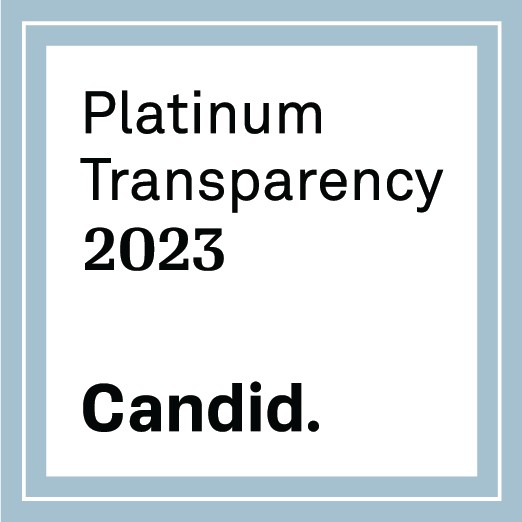
-
Understanding primary immunodeficiency (PI)

Understanding PI
The more you understand about primary immunodeficiency (PI), the better you can live with the disease or support others in your life with PI. Learn more about PI, including the various diagnoses and treatment options.
-
Living with PI
-
Addressing mental health
-
Explaining your diagnosis
- General care
- Get support
- For parents and guardians
-
Managing workplace issues
- Navigating insurance
-
Traveling safely

Living with PI
Living with primary immunodeficiency (PI) can be challenging, but you’re not alone—many people with PI lead full and active lives. With the right support and resources, you can, too.
-
Addressing mental health
-
Get involved

Get involved
Be a hero for those with PI. Change lives by promoting primary immunodeficiency (PI) awareness and taking action in your community through advocacy, donating, volunteering, or fundraising.
-
Advancing research and clinical care
-
Grants
-
IDF surveys
-
Participating in clinical trials
-
Diagnosing PI
-
Consulting immunologist
-
Clinician education

Advancing research and clinical care
Whether you’re a clinician, researcher, or an individual with primary immunodeficiency (PI), IDF has resources to help you advance the field. Get details on surveys, grants, and clinical trials.
-
Grants
COVID-19 has had a significant impact on the delivery of healthcare in the United States, particularly for those in the chronic granulomatous disease (CGD) community. Telemedicine was already a growing trend before the pandemic hit but with the ongoing health crisis, it has propelled these virtual services into the forefront. Many in the CGD community are turning to telehealth for care coordination and management of their condition without risking exposure to the virus. This is especially important for patients who still need access to chronic disease management.
Shane Brisson is one of those CGD patients who has recently begun utilizing telehealth options. Shane was initially diagnosed with Limited Wegener Granulomatosis at age 12 and began a regimen of oral Cytoxan that was paired with prednisone. Between the ages of 16 and 25, there were relatively few incidents. A persistent high fever at age 25 sent him to the emergency room where he had a fortuitous encounter with Dr. Robert Alan Good, often considered a founder of modern immunology. “Dr. Good was able to connect the dots and provide me with the correct diagnosis of CGD,” says Shane. After Dr. Good’s passing in 2003, Shane eventually crossed paths with Dr. Jennifer Leiding, an immunologist at Johns Hopkins All Children's Hospital in St. Petersburg, Florida.
Shane had a previously scheduled appointment with Dr. Leiding early in the pandemic. She suggested switching the appointment to a virtual meeting. Although new to telemedicine, Shane agreed. During the visit, he provided Dr. Leiding with his vitals and explained his self-quarantine measures. Dr. Leiding was able to make some additional suggestions, such as his wife washing and changing clothes immediately after returning home. They discussed the risk factors associated with different lifestyle choices during this time and settled on a safe path forward. “This was my first telehealth experience,” explains Shane. “It was very comforting to have this opportunity from the safety of my own home.”
Shane has also utilized telehealth tools for acupuncture appointments. For the past several years, Shane has been seeing an acupuncturist to treat gut issues and stress associated with CGD. “Most people have heard of the acupuncture by now, but do not realize the scope of the practice that encompasses Chinese medicine,” explains Shane. “Acupuncture is much more than just needles.” Many practitioners ask questions about digestion, appetite, diet, stress, and sleep and make lifestyle suggestions based on those answers. “In Chinese medicine, there is an emphasis on breath and diet; my acupuncturist makes recommendations tailored to my specific constitution.” Shane has resumed in-person appointments, one of just a few outside engagements.
Growing technology holds much promise for the future of telemedicine for CGD patients. Telehealth can be used for monitoring remotely, facilitating timely care, supporting continuity of care, maintaining patient portals/records and increasing access to providers-particularly for underserved communities. “For the CGD community, I can see where online doctor visits can be especially helpful for patients who live far away from specialists at major medical centers,” concludes Shane.
Related resources
Sign up for updates from IDF
Receive news and helpful resources to your cell phone or inbox. You can change or cancel your subscription at any time.





The Immune Deficiency Foundation improves the diagnosis, treatment, and quality of life for every person affected by primary immunodeficiency.
We foster a community that is connected, engaged, and empowered through advocacy, education, and research.
Combined Charity Campaign | CFC# 66309




